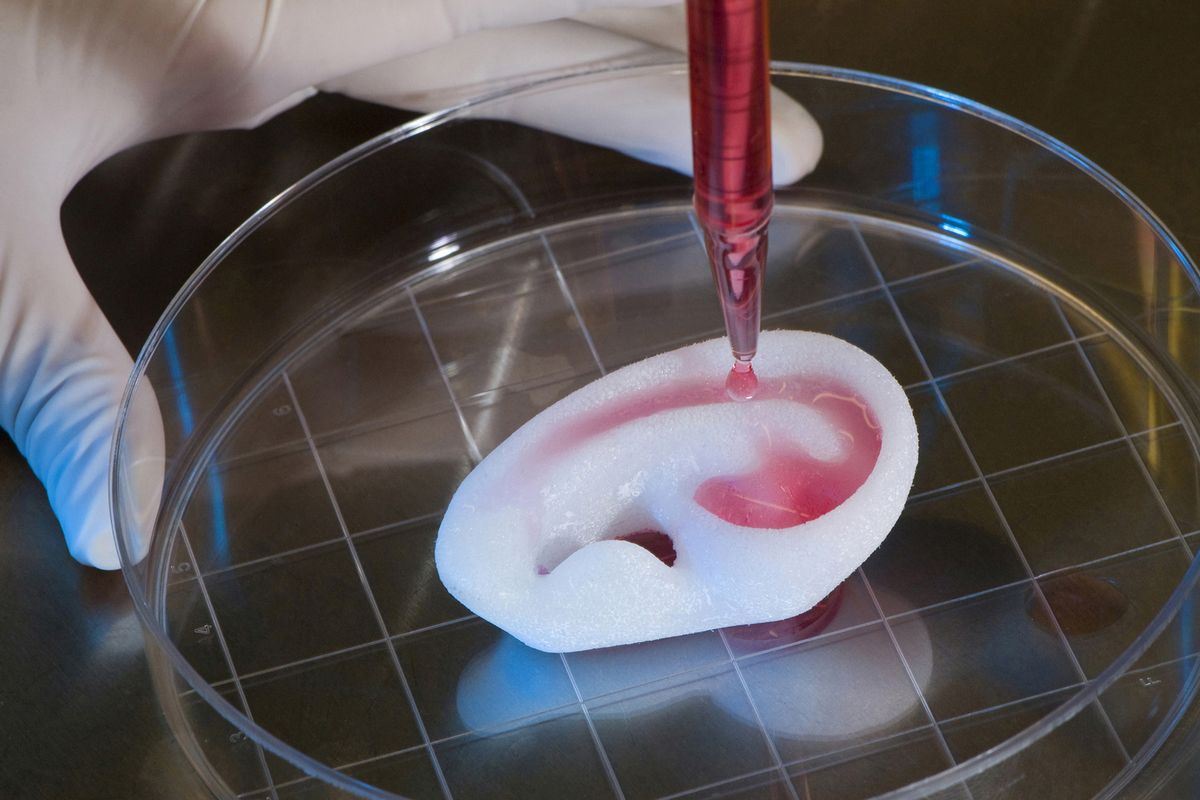Advances could change way we view health care

Amid all the noise of health care reform, a real revolution is happening.
Medical advancements that sound like science fiction – growing your own organs, being cared for by robotic nurses, popping anti-aging pills – are either at or near reality already.
No matter what is decided about how we deliver and pay for health care in the future, the manner in which bodies and diseases are treated is about to change dramatically.
At least that’s the opinion of the innovators in medicine and technology – scientists, doctors, engineers and philosophers – who gathered last month at a TEDMED (that’s Technology, Entertainment, Design Medicine) conference in San Diego to unveil solutions to some stubborn health care problems.
These innovations are likely to be embraced not only because they could save money, but also because a large, vocal group is going to want them – namely, baby boomers.
Don’t wait for an organ donation – grow your own. Here’s how:
Cells from an organ to be replaced are put into nutrients, where they multiply and create a “soup,” explained Dr. Anthony Atala, director of the Wake Forest Institute for Regenerative Medicine in North Carolina.
The “soup” of cells is “painted” on a form or scaffolding in the shape of the organ – say, a bladder – and placed into an incubator. A new bladder grows in about six weeks.
“It used to be that the patient’s pelvis was extensively X-rayed to get the right-sized bladder,” Atala said, “but now (scientists are doing so many that) bladders come in three sizes: small, medium and large.”
Ears, arteries, heart valves, fingers and toes are being grown in this manner. Recent news stories have described the successful growing of new penises in lab animals.
Atala’s group is experimenting with the ink-jet technology of a printer/scanner that will be able to “print out” a copy of skin, or even a heart, for replacement.
This could spell the end of transplant organ shortages and, because they use the patient’s own tissue, make organ rejection a thing of the past.
How soon will you be able to grow your own parts? Lab-grown bladders have already been transplanted into patients in the United States, a precursor to FDA approval, said a Wake Forest Institute spokeswoman.
In 10 years, it could be out with the old and in with the new, at least with some organs. And they’ll be your own organs.
An age wave is about to hit health care. Baby boomers are graying, developing chronic diseases, disabilities and just plain wearing out. About 70 million aging boomers could mean bulging nursing homes and depleted resources.
It doesn’t have to be that way, said Eric Dishman, director of Health Innovation at Intel’s Digital Health Group. Put smart phone technology to work in medicine and people stay independent longer, he said.
Intel’s Health Guide, a laptop-like device already in use in some parts of the country, monitors patients’ health from home. With a touch screen and side ports for attachments, the device uses a friendly female voice to prompt users to measure blood pressure, blood sugar, lung function and more.
Results go directly to a health care provider. If a follow-up call is necessary, a camera allows the patient and care provider to see each other as they talk.
Closer supervision means better results for the patient, who can avoid trips to the doctor, hospitalizations and nursing home stays.
Other smart, button-sized devices can be worn on the body to sense gait, tremors and other vital signs, telling doctors if medication is working or if patient’s condition is changing, without having to wait for a crisis.
“It’s about aging gracefully in the home,” said Greg Hooper, with Intel Digital Health Group.
Look for more medical home-monitoring products and services to hit the market soon.
How about an in-home helper who never gets tired?
The iRobot company, the one that put robotic vacuum cleaners into homes, is working on creating Grandma’s little helper – a robot nurse.
The idea is a helper strong enough to carry Grandma up a flight of stairs, but gentle enough to hand her the proper medicine at the right time. If Grandma doesn’t answer the phone, the robot could roam the house, looking for her.
Colin Angle, chairman and CEO of iRobot, said a family caregiver can easily put in three hours a day caring for an elderly person, and more than six if the person is frail.
“Elder care and a full-time job are not compatible,” he said.
Robotic help in the home could add years to independent living. Development of the robot nurse might come in stages, with a robotic arm or other devices debuting before the full-fledged robot.